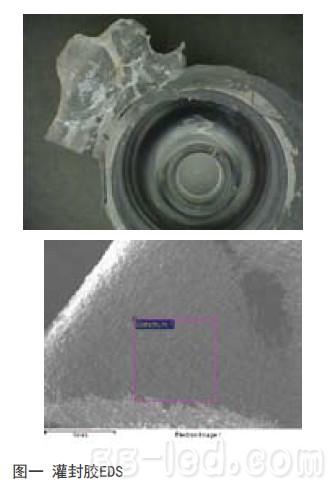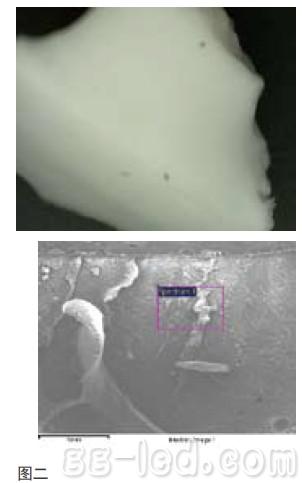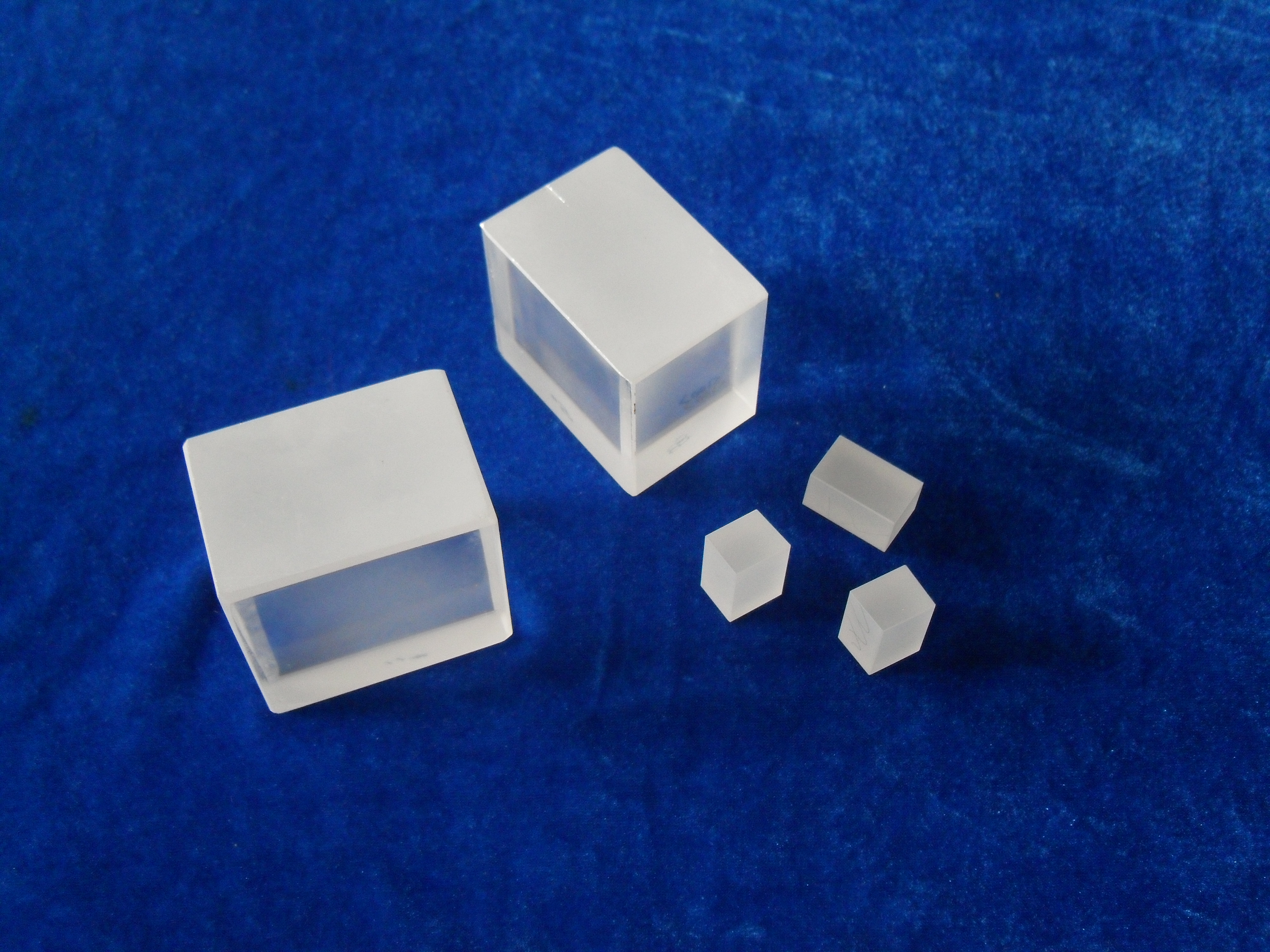Discussion on the causes of light decay caused by chemicals applied to lamps
For downstream applications, in addition to addressing poor heat dissipation, so-called chemical incompatibility issues must be avoided during the assembly process of the luminaire or when making chemical additions to the process. Incompatible VOCs in LED lighting can quickly damage any manufacturer's LEDs. This chemical incompatibility is often a local phenomenon occurring at elevated temperatures and in sealed lamps with little or no air flow.
After testing by the LED packaging factory, it has been found that some chemicals that easily affect the normal function of the LED, the client is best to establish a comprehensive chemical incompatibility test evaluation system. With proper precautions, design and testing, adverse effects can be minimized or even eliminated. The most obvious adverse effects of chemical incompatibility are blue, deep blue and white LEDs, and few red or green LEDs are observed.
Designers should take full account of minimizing the effects of chemicals (mainly LED's primary optical lens Molding glue and various chemicals used in electronics assembly and luminaires), as these items may be damaged together The light output efficiency of the LED can even cause permanent failure of the LED (such as dead lights, discoloration, dark light, etc.). Chemical incompatibility and excessive LED package temperature result in the same LED failure, namely luminous flux attenuation and color temperature drift.
Below we will discuss which chemicals LEDs can be used with; what types of potting compounds can be used together; whether they can be filled with glue; and what effect the potting has on LEDs.
Cases of chemicals affecting LEDs
(1) The results of EDS analysis on the LED lens of the defective sample are shown in Figure 1 below.
(2) EDS factor analysis was performed on the defective sample LED Silicone, and abnormal elements such as Na and Cl were found, as shown in Figure 2 below.


This board was checked and it was found that there was a potential chemical contaminant, that is, a coating with a bonding lens appeared near the LED assembly (such as the lens described above), and the LED and the bonding coating were adversely affected by the chemistry of the LED. This chemical is not compatible with the LED package body, resulting in permanent failure of the LED. It is therefore extremely important to understand and prevent the incompatibility of these LEDs with the chemicals used in the luminaire.
Silicone (silicone) is a silicone material used on various high-power LEDs, such as Cree XPE's LEDs. After being uniformly mixed, it is injected into a mold and cured under a certain temperature condition for a certain period of time. During curing, the siloxane does not form any fixed shape or structure, but instead they cure into random shapes of varying lengths and shapes. This produces a slightly gelatinous and elastic silicone. That is to say, these silicone materials are filled with small holes, so the silicone has gas permeability and moisture permeability.
Potting compound materials commonly used in light bulbs or other solid state lighting products, such as potting compounds, aprons, gaskets, during assembly or processing, under the influence of elevated temperatures, these volatile organic compounds will Volatile gas is evolved.
Unfinished: For more information, please refer to the May issue of Gaogong LED's "LED Good Products" magazine.

Coupletech Co., Ltd could manufacture and supply a variety of nolinear Optical Crystal ( NLO crysal ), which is Lithium Triborate (LBO) crystal, Potassium Titanyl Phosphatecrystal ( KTP ) crystal, KTA crystal, Beta Barium Borate ( BBO) crystal, BIBO crystal, Lithium niobate ( LiNbO3, LN ) crystal, Potassium Dihydrogen Phosphate & Potassium Dideuterium Phosphate (DKDP (KD*P) and KDP ) crystal, periodically poled crystal ( MgO: PPLN, PPLN ) crystal and infrared Nonlinear Optical Crystals ( AgGaS2, ZnGeP2 ) crystal with top quality, unbeatable prices, prompt delivery and the best pre- and post- sales technical support and services, for not only science users but commercial customers and industrial manufacturers all over the world.
Coupletech's NLO crystal is widely used for frequency doubling ( SHG ), third-harmonic generation ( THG ), sum frequency (SFG), optical difference frequency ( DFG ), optical parametric oscillator ( OPO ), and so on.


Nonlinear Optical Crystals,KTP Crystals,BBO Crystals,LBO Crystals,BIBO Crystals,KTA Crystals,LN Crystals,PPLN Crystals
Coupletech Co., Ltd. , https://www.coupletech.com